We share our process to find and use the best interior design keywords to grow your business and get more eyeballs on your work.
When it comes to search engine optimization (SEO), we all understand the importance of keywords but few us know how to go about choosing and using them.
A common mistake we see interior designers make is choosing keywords that are too broad or not suitable for their business goals. Not all interior design keywords are the same in volume or quality, and knowing which ones to use could make all the difference for your marketing.
When you use the wrong keywords, you attract the wrong kind of traffic for your business. A keyword may bring you lots of traffic but few clients. And what’s the point of that?
Jump Ahead
The 3 Steps to Choosing Keywords
Choosing the right keywords is not just about increasing traffic, it is about attracting the right kind of traffic. Pair clear business goals with a little bit of consumer psychology, and I’m confident you’ll have what you need to choose the best keywords and content strategy.
In this article, we will show our 3-step process for choosing the right interior keywords for your business.
Step 1. Who is Your Target Customer?
Keywords are the language your customers are using to find your type of service. It could be a word, phrase, or an entire sentence. Choosing the right keywords starts with understanding your target customers and the language they’re using on Google.
At Findable Digital Marketing, we like to say there are 2 kinds of people: DIYers and DIFMers.
The Do-It-Yourself Crowd
DIYers, or do-it-yourself are people who search Google for information that will help them do a task themselves. These readers have more time than money and they’re not in the mindset of outsourcing to a professional. They’re on the lookout for step-by-step guides and tutorials.
As an interior designer looking to get clients in your area or city, these aren’t the kind of website visitors that have the budget to hire your services. This kind of traffic is of no use to you as they won’t convert.
Unless you provide budget-friendly products like an e-book or online course, this is not a reliable or effective audience to target. Yet so often I see designers accidentally choose keywords that target this crowd. Read below about awareness keywords for more information.
The Do-It-For-Me Crowd
As the name implies, DIFMers or do-it-for-me readers are people who are looking for someone to do the hard work for them. They have the budget to hire a professional that can do the work faster and better than they can.
As an interior designer, attracting this kind of traffic will lead to high sales conversion for your business. Since you provide a done-for-you service, DIFMers are your bread and butter. You want to choose the right SEO keywords that will put your content right in front of this crowd. Read below about consideration and purchase keywords for more information.
Step 2. What is Your Positioning?
You aren’t for everyone. There is something unique about your services and who they are for. Whatever that special something-something is, define it. In marketing, this is what we call “positioning”.
The more clearly you define your positioning, the easier it will be to choose keywords. Positioning narrows down the pool you are competing in which makes it easier to stand out and rank high on Google with less time and effort.
General vs. Specialized Positioning
Using the keyword research tool SEMRush, we pulled two examples of keywords for an interior design firm that is a generalist versus one that is a specialist.
The generalist does a little bit of everything – all kinds of residential and commercial – and they’d target a general keyword like “interior designer”. In the USA, 27,100 people search for this keyword every month. That sounds like a lot of traffic to your website, however ranking first on Google for that keyword is no easy feat. With a keyword difficulty score of 81%, you’ll have to fight tooth and nail for a couple of years before ranking and getting traffic for this keyword.
A specialist, on the other hand, may target a specific keyword like “restaurant interior designer”. In the USA, 320 people search for this keyword every month. It’s a much smaller number but with a difficult score of 47%, you’ll need less time and resources to compete for this keyword.
Imagine if even 5 out of 320 people contacted you highly interested and specifically for restaurant interior design? Tight positioning leads to less competition and more successful marketing.
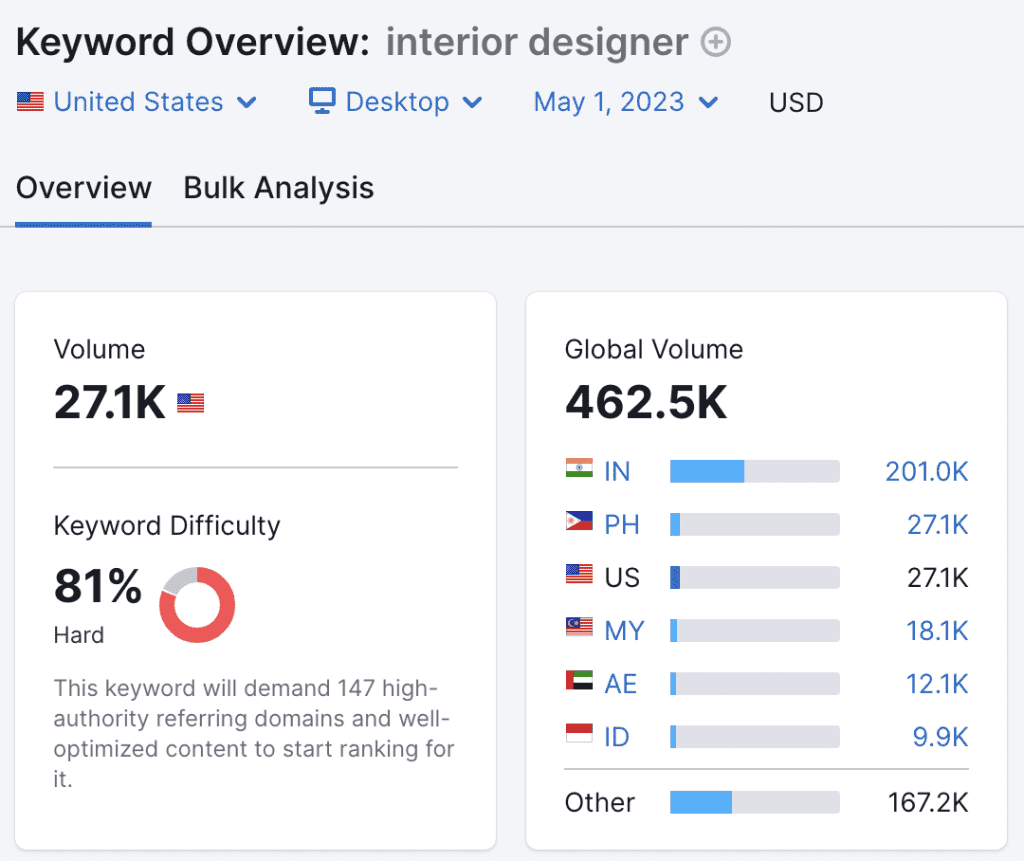
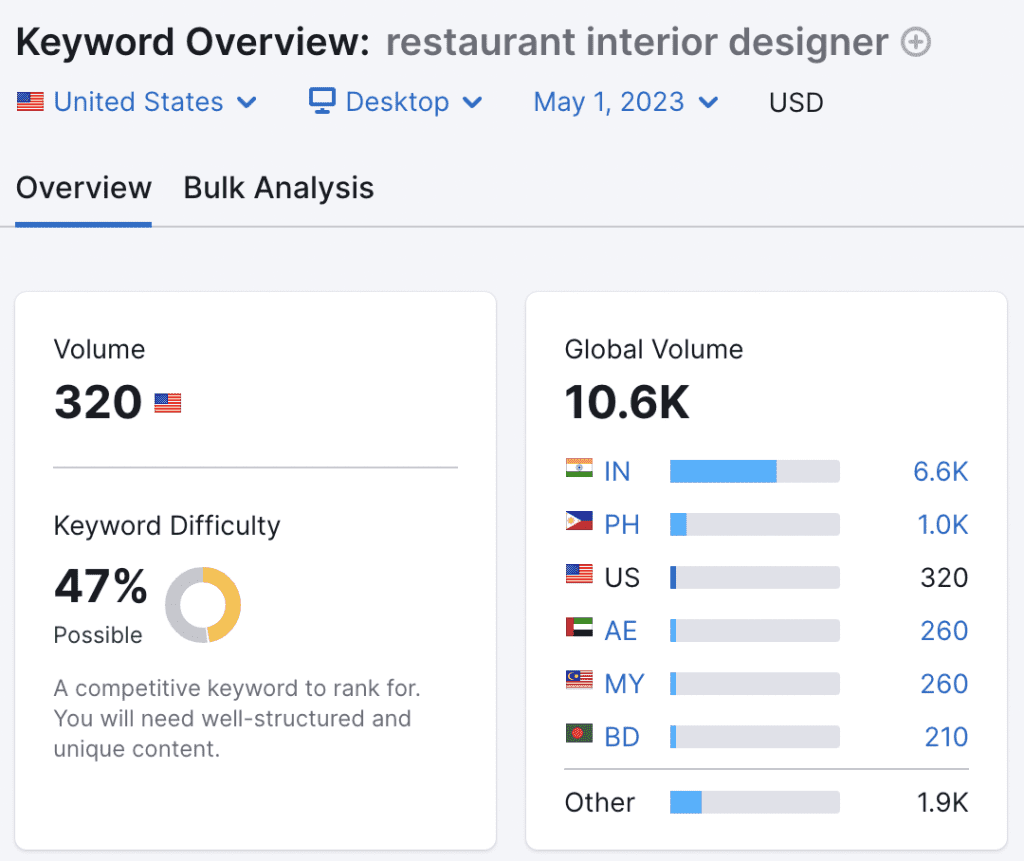
Positioning and Keywords
The most common type of positioning we see is a specialization paired with a region. The formula to use your positioning in your keywords is [specialized service] + [region].
Do you specialize in residential or commercial? Get specific. If residential, do you design entire homes or just kitchens? If commercial, do you design restaurants, healthcare, or retail?
Here are some examples:
- bathroom interior design in Toronto
- historical home design and build in Vancouver
- interior design for restaurants in Chicago
- interior design for childcare and playrooms in Houston
Notice from our examples that these keywords are simple search terms that everyday people use. A common mistake that people make when choosing SEO keywords for interior designers is that they use industry jargon instead of the language your customers would use.
If you are not sure about what search terms to use, ask your existing customers how they would describe your service. You will be surprised how many useful ideas you could get from asking.
Step 3. Match the Keywords to the Needs
Before we make a buying decision, we typically do quite a bit of brainstorming, thinking, and researching. This process is typically called the “customer journey” or “sales funnel”. The further along a potential customer is in the journey, the fewer there are but the more likely they are to buy.
Below is a simple visualization of what the journey looks like and understanding the nuances between each stage can help you choose the right keyword for the right webpage.
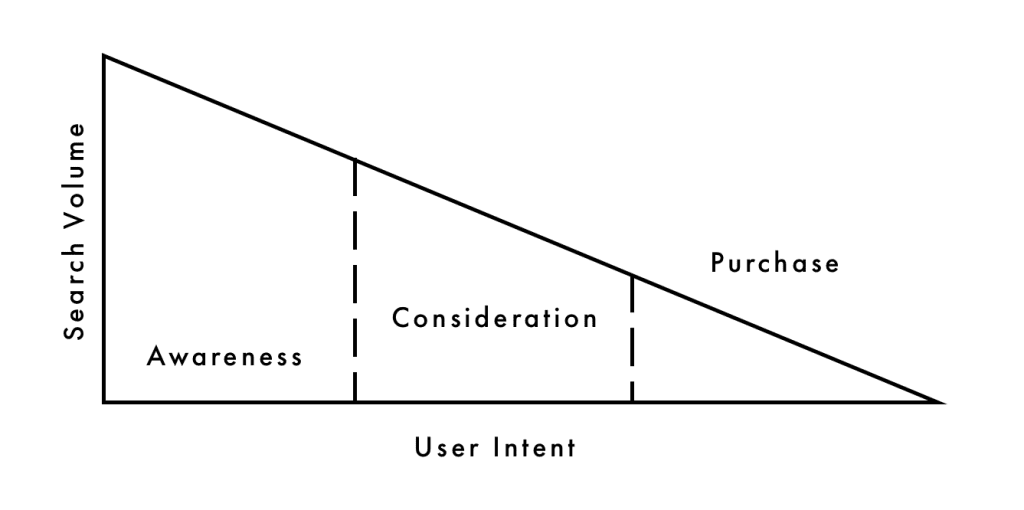
Awareness
This is the first stage in the customers’ journey. The awareness stage usually has a high volume of visitors but these are low-intent visitors. In this stage, they are looking for ideas and inspiration. They are brainstorming and creating vision boards to educate themselves on interior design services.
For example, a property owner in the awareness stage might make the following Google searches:
- “minimalist home inspiration”
- “before and after kitchen renovation”
- “co-working office design ideas”
These searches and queries suggest that the property owner is figuring out what they want for their project, and exploring to see what options are available to them.
Use your awareness stage keywords for your portfolio, galleries, social media posts, and light blog posts about ideas and inspiration.
Optimize for image search engines like Pinterest and Google Images. If you sell affiliate links, e-commerce, or budget-friendly/virtual services, these keywords could be good for you. Otherwise, these visitors are simply looking for ideas. Not to hire an interior designer.
Here is an example from our client, PROP Architecture.
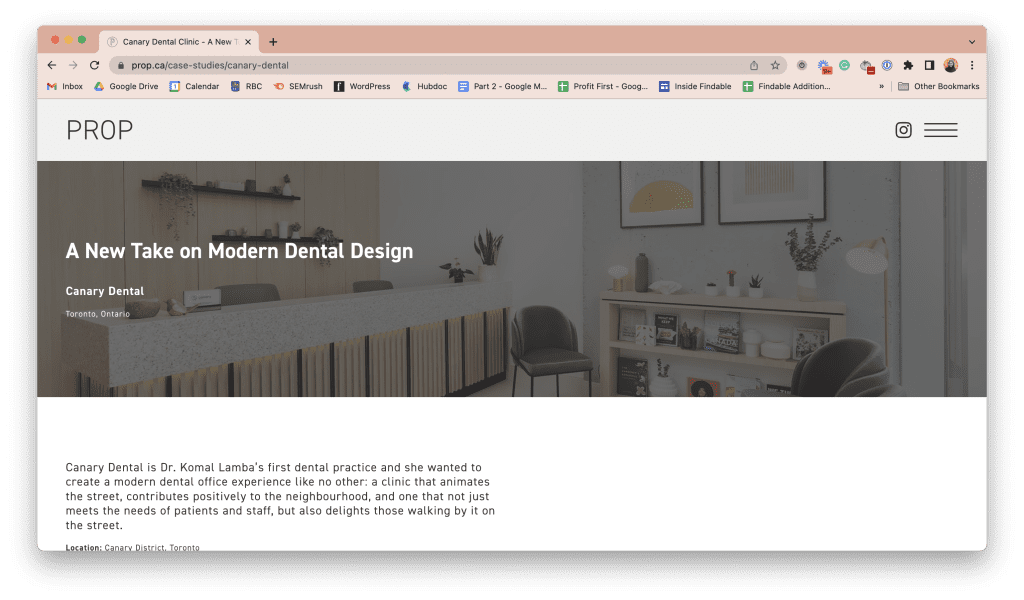
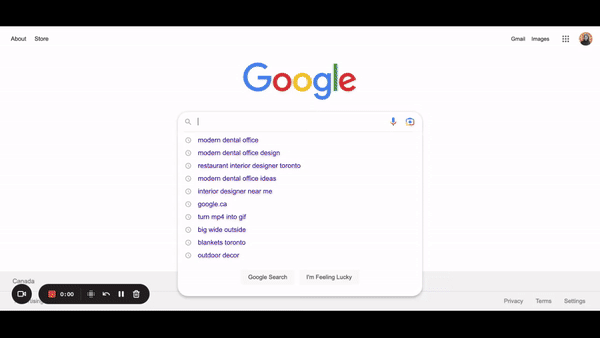
PROP Architecture specializes in designing dental clinics and their target customers are business owners interested in seeing the process behind the design. With this in mind, we leveraged their portfolio and wrote case studies with keywords like “modern dental design” or “dental office design ideas”. These keywords are low-intent and high-traffic so we didn’t have high expectations for SEO but we did repurpose them for other marketing channels like social media and digital PR.
Consideration
The visitors in the consideration stage of their customer journey are deep into their research. They have read dozens of articles on interior design and maybe tried their hands on DIY home renovations but they have been unsuccessful. They are frustrated as they have probably made costly mistakes or their DIY project is taking too long.
Whatever the reason, they are at the stage where they are considering hiring a professional interior designer.
At the consideration stage, these are some keywords they search:
- “difference between interior designer and decorator”
- “how long does it take to do an open-concept renovation?”
- “cost of restaurant interior design”
Keywords at the consideration stage have a lower search volume than the keywords at the awareness stage. However, these keywords get you visitors that are more likely to convert. They’re not the highest converting keywords but they’re the closest to it.
Here’s an example from our client, SevenPoint Interiors.
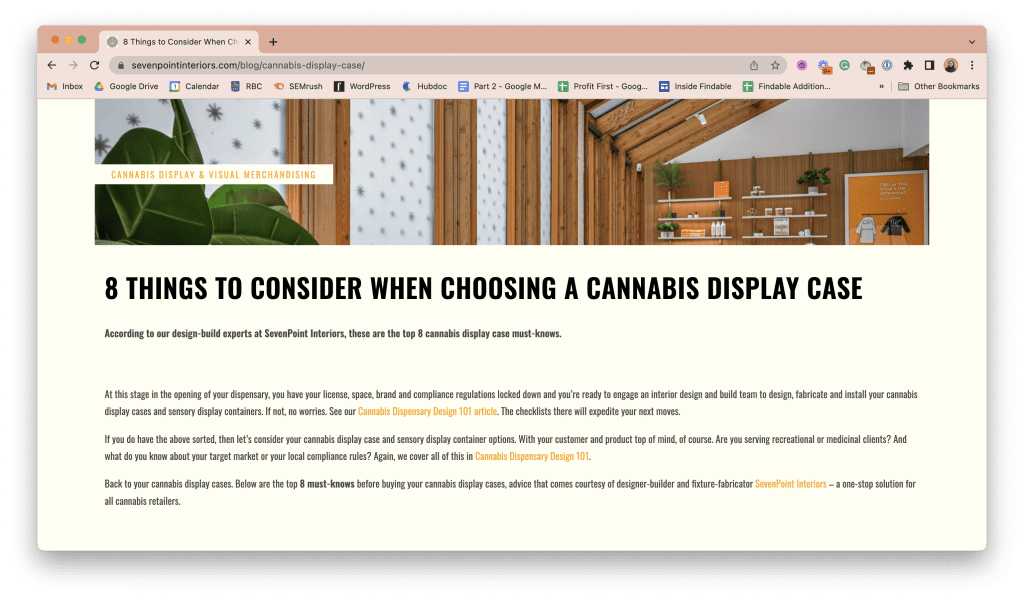
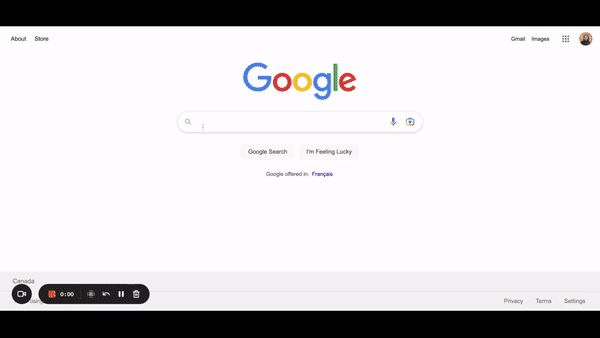
As cannabis retail designers, their target customers are looking for a designer that understands their industry, the regulations related to cannabis but also consumer retail psychology. We used blog posts to demonstrate SevenPoint Interiors expertise and optimize for keywords like “how to choose dispensary display case” or “cannabis dispensary floor plan”.
Use keywords at the consideration stage for educational blog posts like how-to, guides, and thought pieces.
Write blog posts that answer questions and address potential doubts that your visitors would have about interior design. This is your opportunity to educate them about interior design and show your skill level. The more professional and convincing your blog posts are, the more likely they are to trust you and reach out to hire you for your services.
Purchase
The final and most important stage of the interior design customer journey is the purchase stage. The keywords in this stage see low volumes of traffic but this traffic contains high-intent visitors who are most likely to convert to customers. Searchers in this stage are mostly made up of DIFMers. They have decided to hire a professional interior designer and are looking for the right one. These visitors are more likely to contact you.
Here are examples of interior design keywords in the purchase phase:
- “Interior designers near me”
- “Best interior designers in [city]”
This stage gets the least amount of traffic but, as you might have guessed, the highest conversions. Keywords in the purchase stage are highly competitive and you’ll most likely see ads for them.
Use keywords at the purchase stage for your homepage, service page, or about page.
Visitors who find your interior design website using purchase stage keywords are ready to hire an interior designer or at least book a consultation with one.
Make sure you direct them to a page that provides a complete snapshot of your interior design business and provides the final nudge for them to contact you.
Here’s an example from our client, Sansa Interiors.
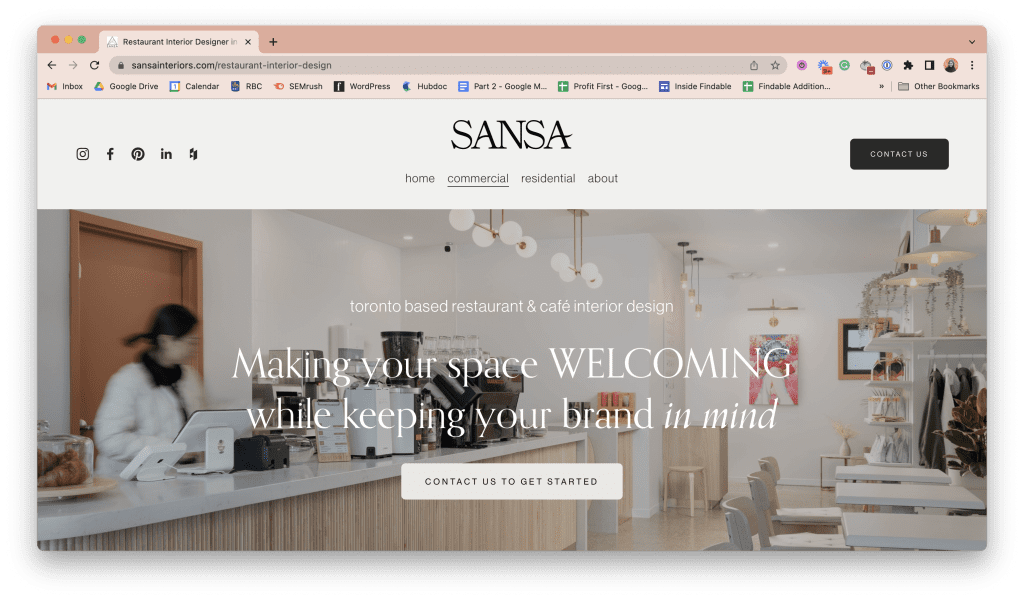
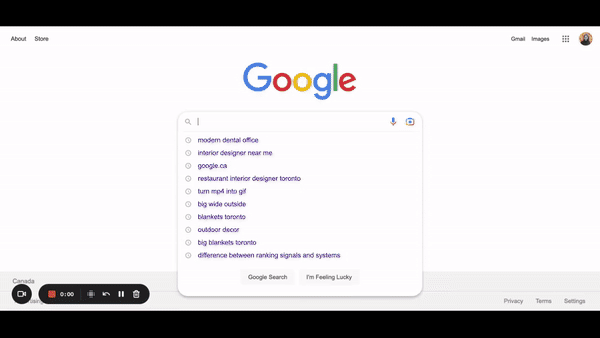
For the purchase stage, we optimized their service page for keywords that more accurately reflect their services like “restaurant interior designer Toronto”.
Data on Interior Design Keywords
Before you move forward with a keyword, double-check that people are actually using it. You and your peers may speak like that, but your customers may use different language.
Use a keyword research tool to find the number of monthly searches (or “volume”) for a given keyword. As an SEO agency, we pay about $500/month to use premium tools like SEMRush.
Below is a summary of the data on interior design keywords from SEMRush to save you time and money. The volume displayed is based in the USA and the data was last updated in May 2023.
| Keyword | Volume (USA) | Keyword Difficulty | CPC (USD) |
| interior designer | 27100 | 81 | 2.04 |
| interior designer los angeles | 720 | 33 | 3.56 |
| interior designer miami | 720 | 33 | 4.17 |
| interior designer san antonio | 590 | 32 | 2.25 |
| interior designer san francisco | 590 | 34 | 3.47 |
| interior designer seattle | 590 | 33 | 3.25 |
| interior designer new york | 480 | 47 | 2.54 |
| interior designer chicago | 390 | 31 | 2.87 |
| interior designer philadelphia | 390 | 33 | 2.85 |
| interior designer houston | 320 | 37 | 3.5 |
| interior designer dallas | 260 | 47 | 3.18 |
| interior designer austin | 140 | 30 | 3.2 |
| interior designer phoenix | 140 | 24 | 2.93 |
| interior designer san jose | 140 | 15 | 3.79 |
| interior designer ottawa | 70 | 39 | 2.09 |
| interior designer columbus | 40 | 30 | 1.58 |
| interior designer vancouver | 40 | 30 | 1.72 |
| interior designer toronto | 30 | 40 | 1.74 |
| interior designer calgary | 20 | 33 | 1.73 |
| interior designer montreal | 20 | 6 | 1.48 |
| interior designer for homes | 10 | N/A | 1.73 |
| interior designer for apartments | 10 | N/A | 2.22 |
If you want something off the list, budget-friendly tools like Ubersuggest have their limitations but can be good enough to give you an idea.
Chose Them? Now Use Them
Now that you know which interior design keywords to use on each page, you have to make sure to use the keywords correctly. When writing new content or editing old content, follow this checklist:
- Use in title
- Use in URL
- Use in first intro paragraph
- Use in first H1
- Use in H2s and H3s when relevant
- Overall, use around 10 times throughout the article where appropriate
- Use in meta title and description
- Use in image alt tag where appropriate
Looking for more SEO tips? We’ve got you covered – we’ve also written 13 SEO tips for interior designers.




